Mondes Sensibles
Art that speaks to the senses
The international perfumery museum in Grasse invites us to a new exploration of the history of art in relation to the senses, and the olfactory creations of three young French artists.
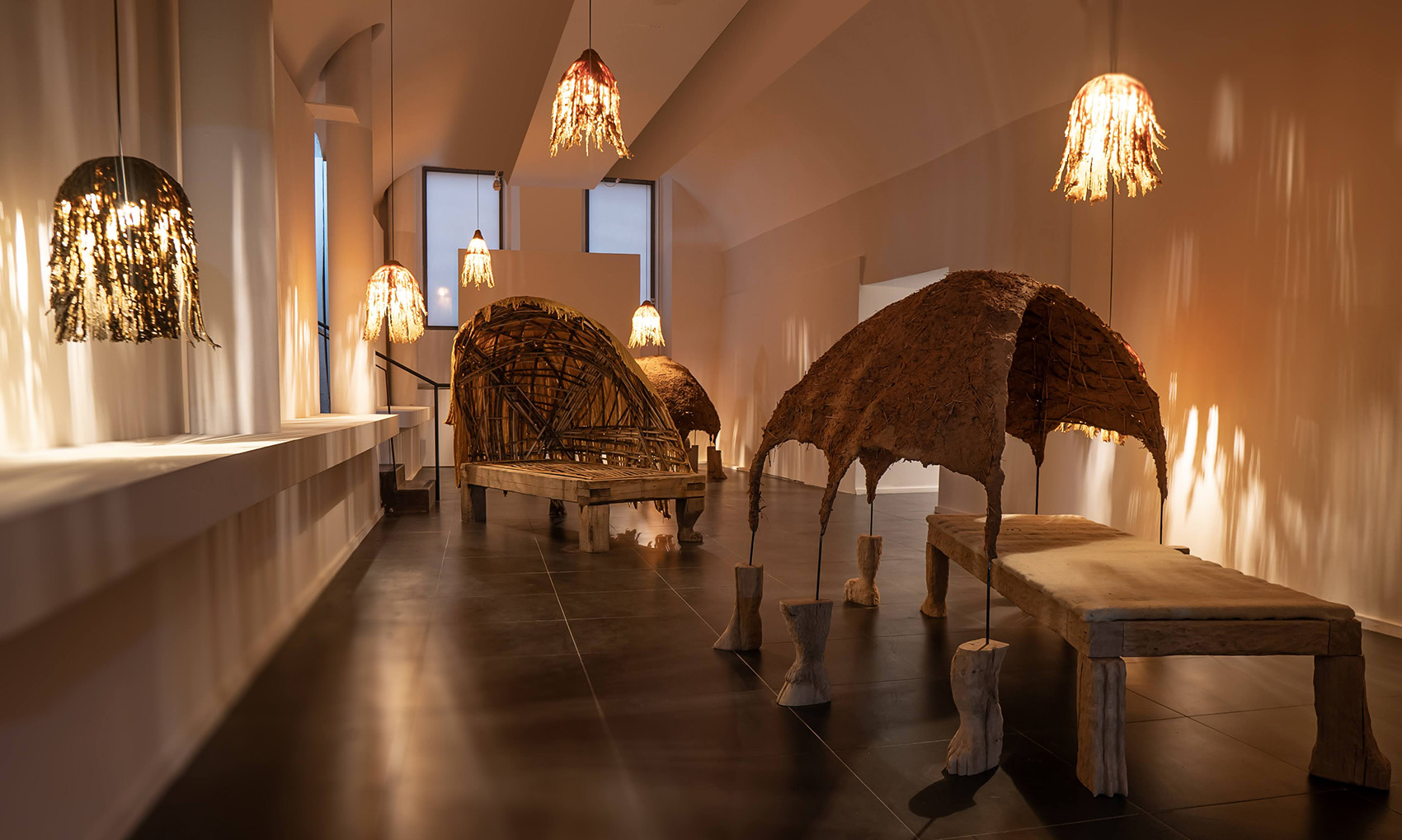
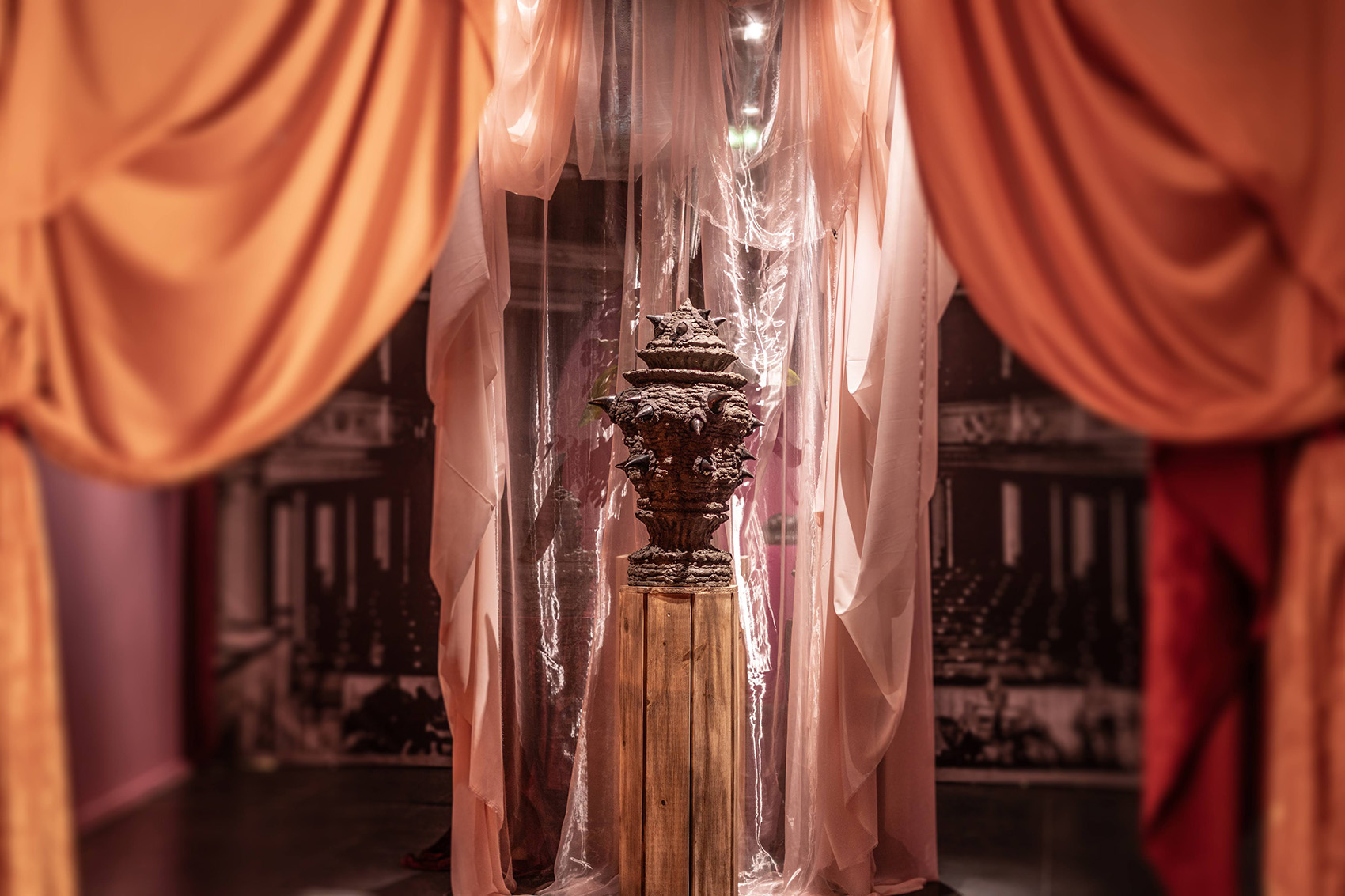
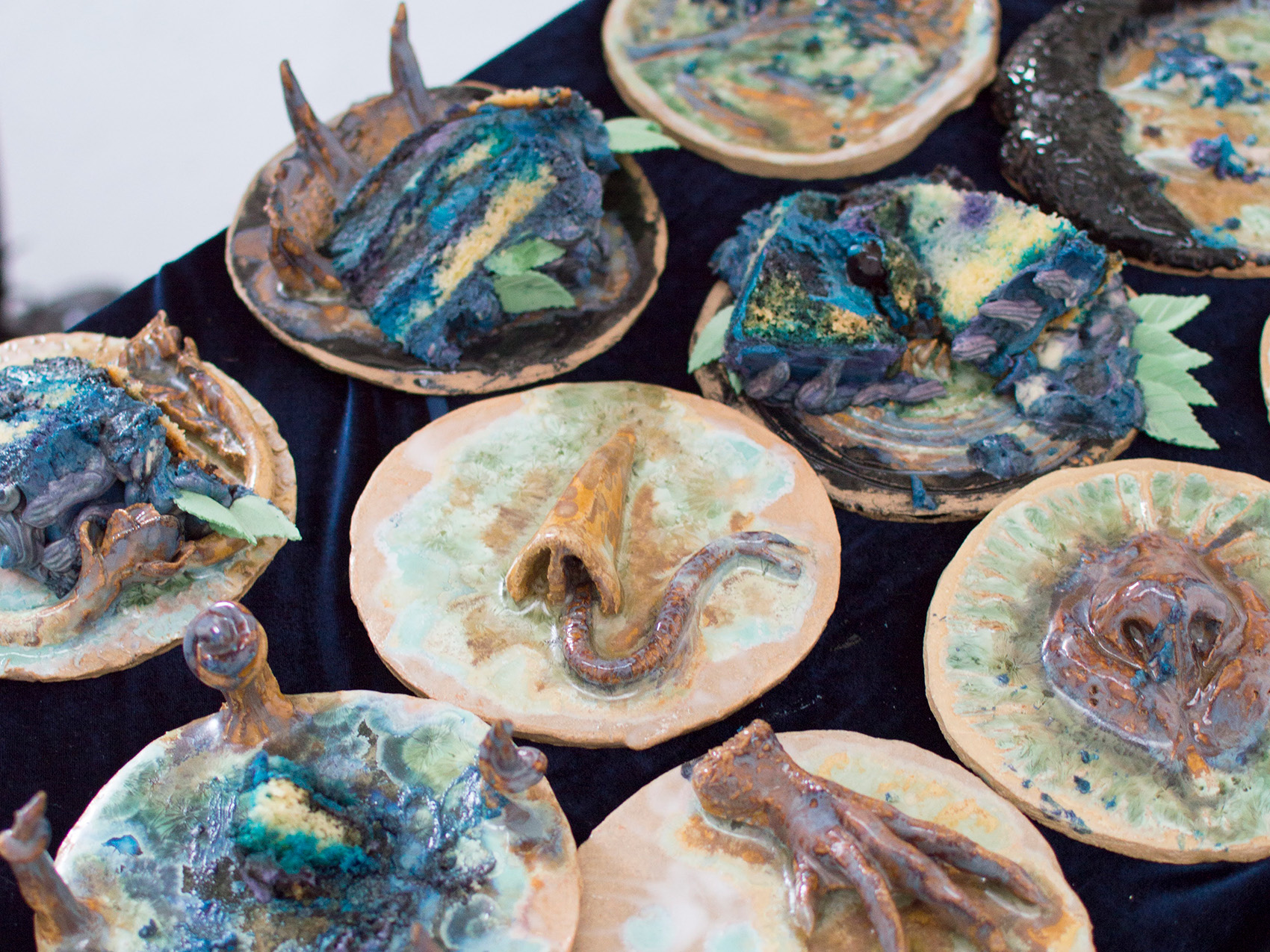
Les céramiques organiques et aquatiques de Camille Correas.
A visit to the Musée International de la Parfumerie de Grasse is always a fascinating journey through the history the world’s perfumes approached from many angles: archaeology, perfume flasks and other objects, the perfume industry, manufacturing methods, raw materials, fragrances. It’s all about ritual, elegance and hygiene, from ancient times to today. The museum is huge and is well worth a visit – even more so in summer, when it holds its annual exhibition of contemporary art. This year’s exhibition is curated by historian Sandra Barré. Many artists venture beyond the purely visual, creating works that appeal to our senses of touch, hearing, taste or smell as well as sight. This exhibition, Mondes Sensibles, is “a sensory history of the total work of art”. This term evokes certain works that have left their mark in art history, like Alexandre Scriabin’s multisensory poem and Jean-Pierre Bertrand’s lemons. Or the art of Valentine de Saint-Point, Carolee Schneeman, Lygia Clark, Joseph Beuys and Bill Viola. “The concept of a total work of art has seen a revival recently. Some artists are envisaging a comprehensive appeal to the senses, producing work that addresses the so-called ‘minor’senses: smell, taste and touch. This approach brings out new narratives that shed light on present-day changes and awareness,” explains Sandra Barré. While at the museum you can also see works by three young French artists: Tiphaine Calmette’s rustic couches in symbiosis with the environment, Florian Mermin’s installation reinterpreting Le Spectre de la Rose, and the underwater sci-fi world of Camille Correas.
MIP, 2 rue Mirabeau, 06130 Grasse
Tél. 04 93 36 80 20 - museesdegrasse.com






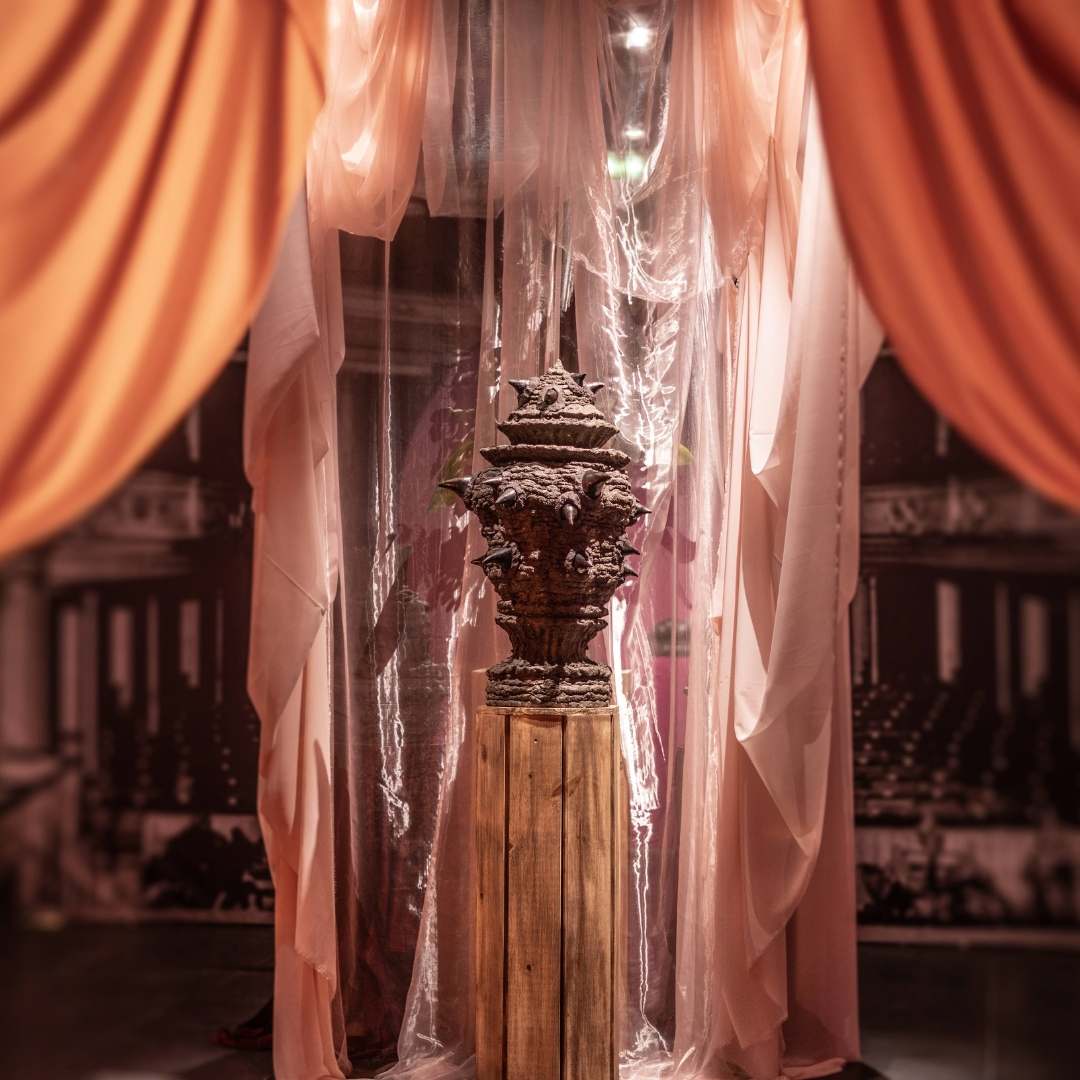
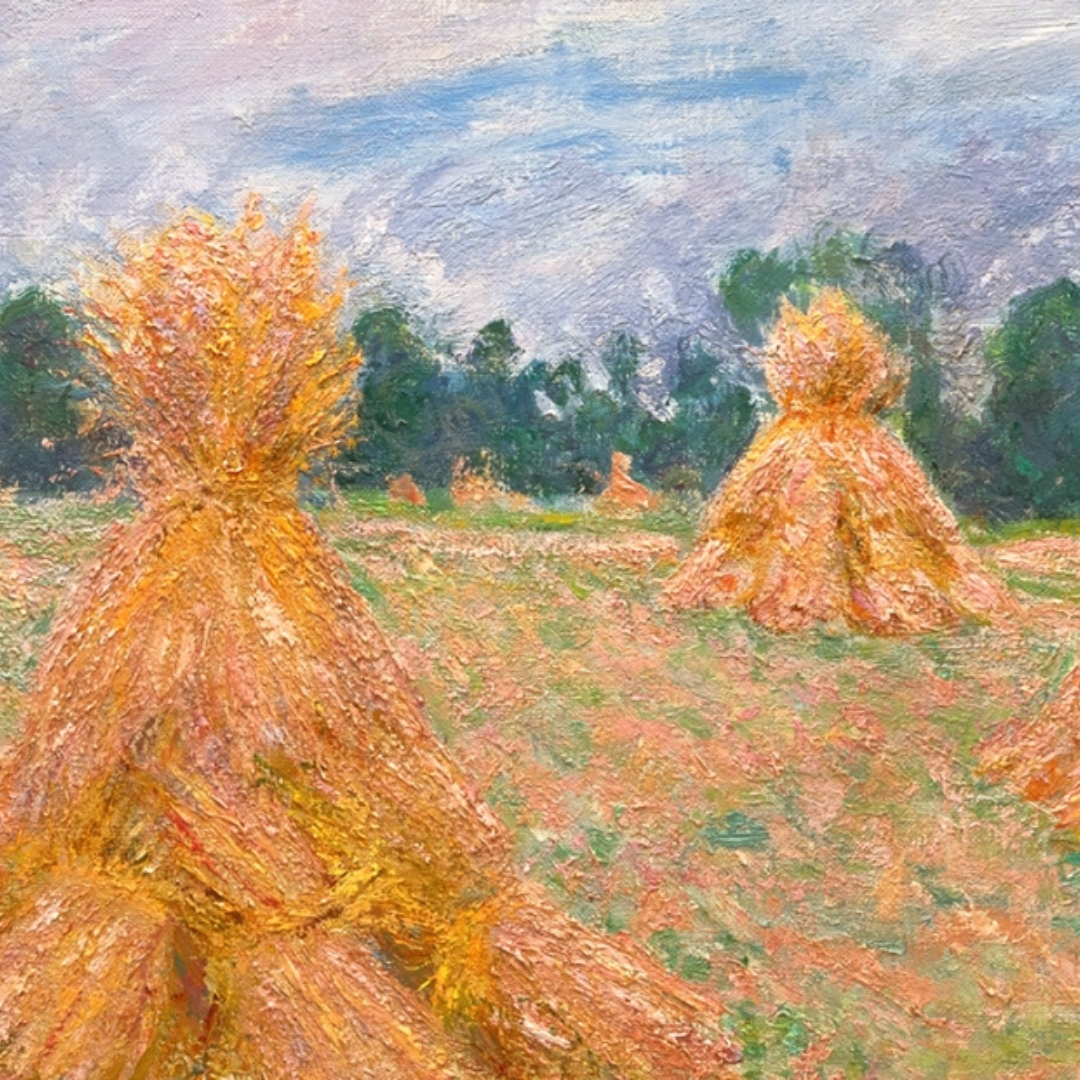
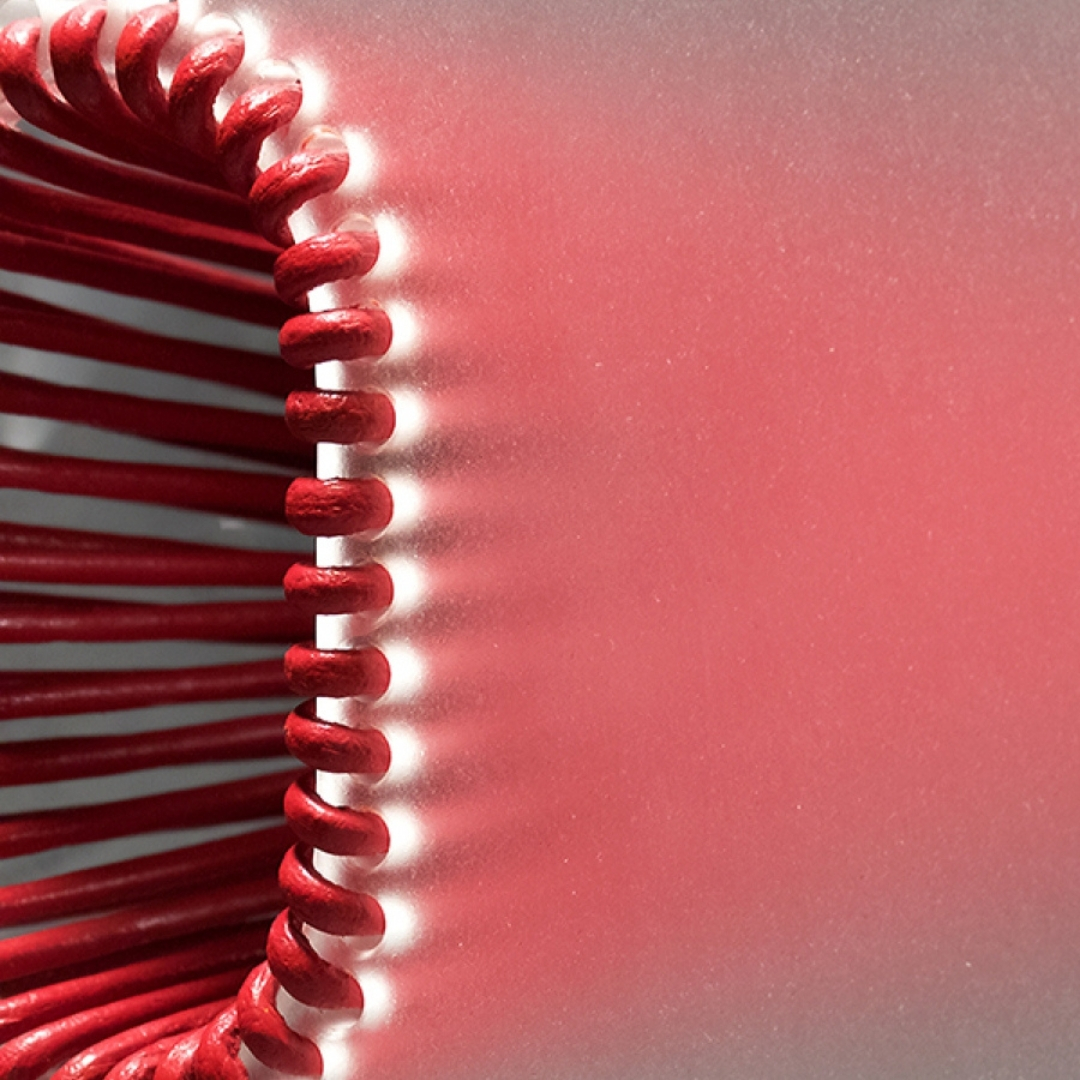
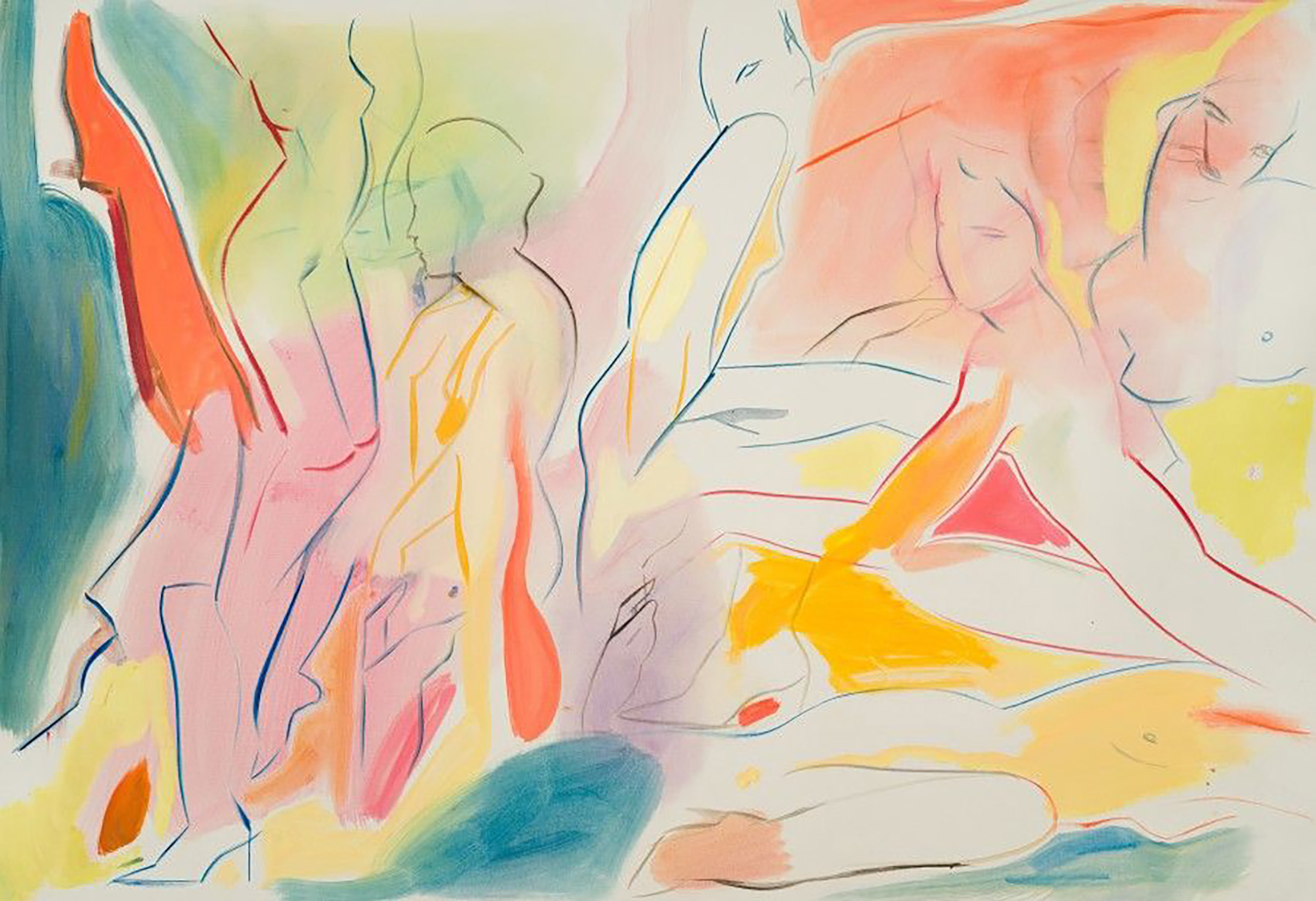


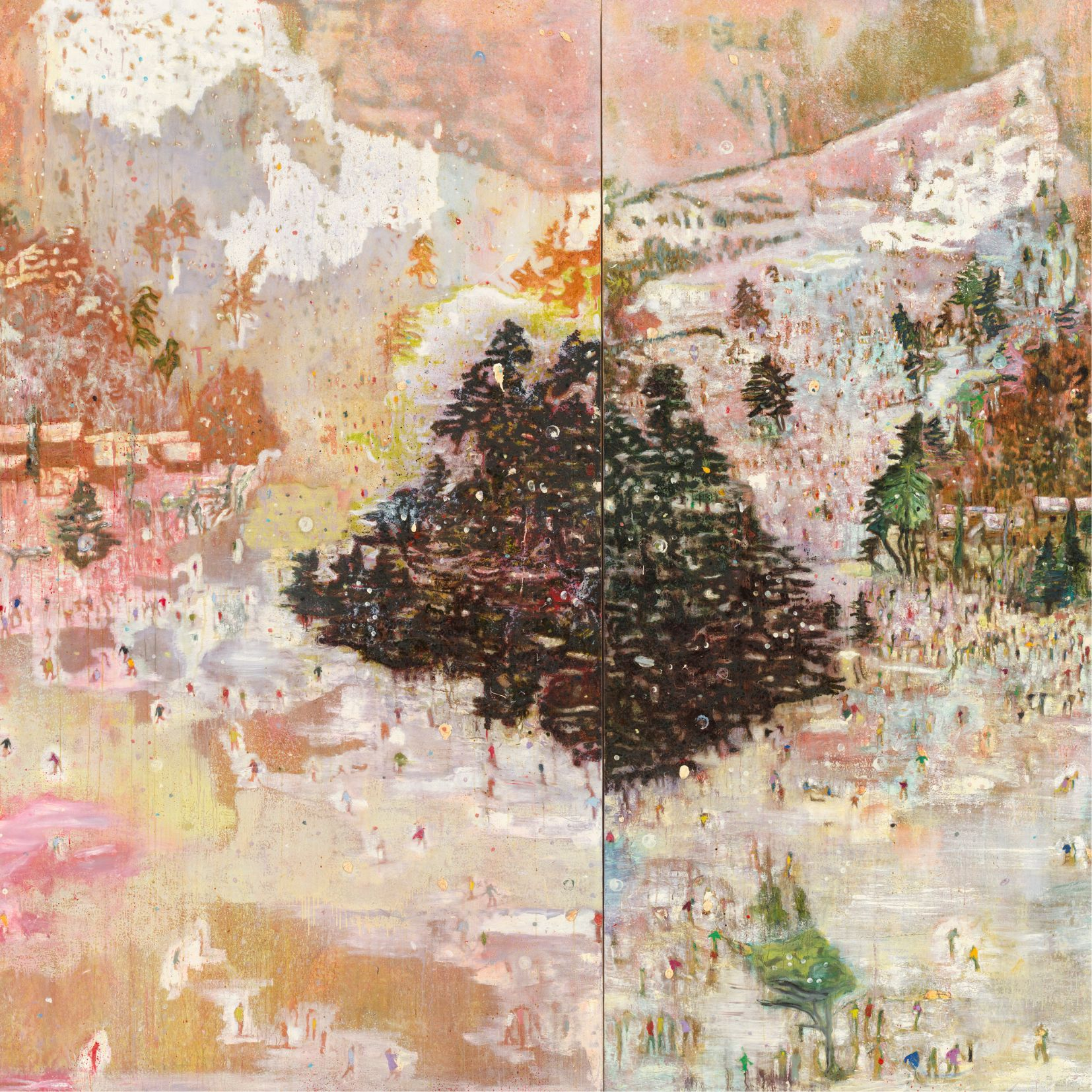
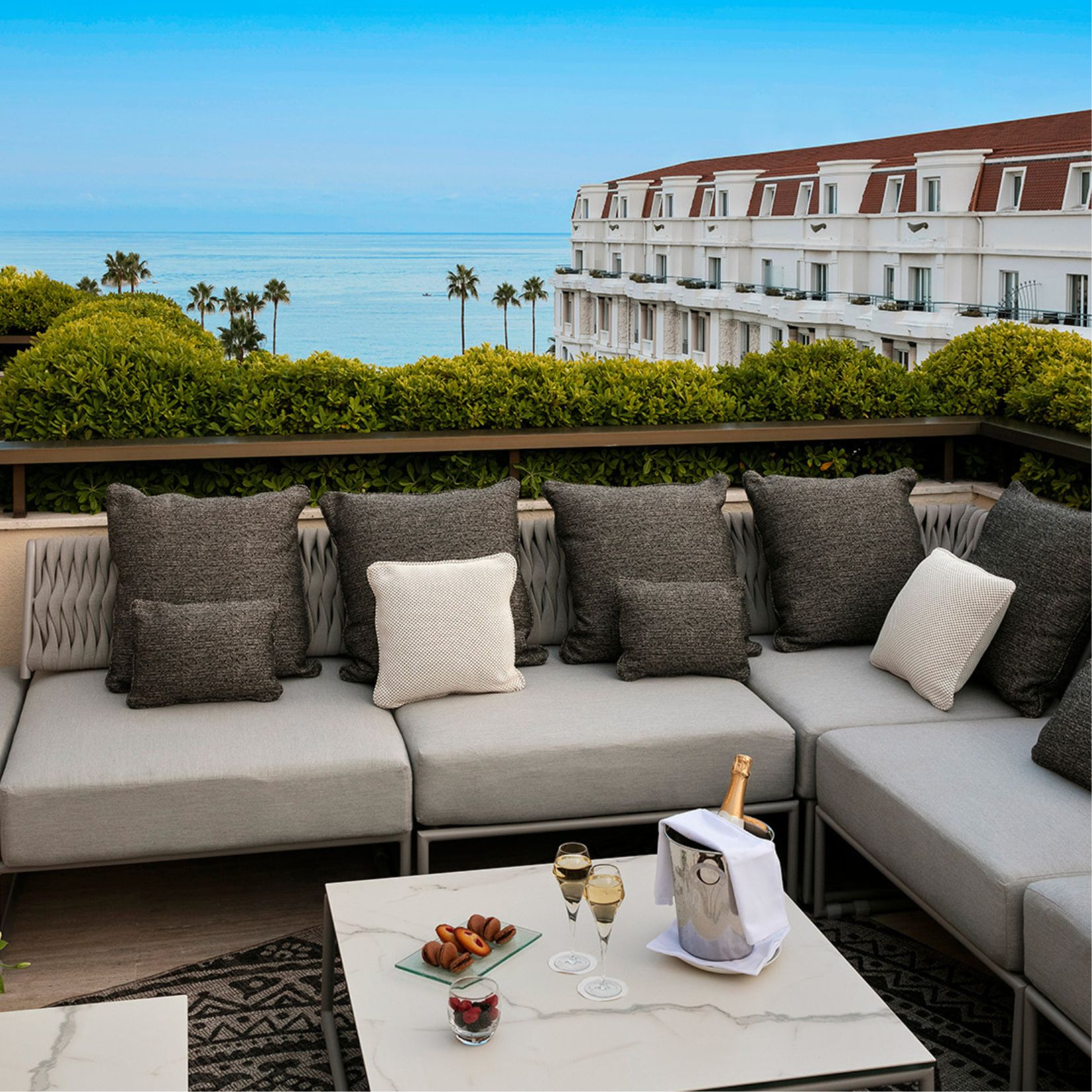

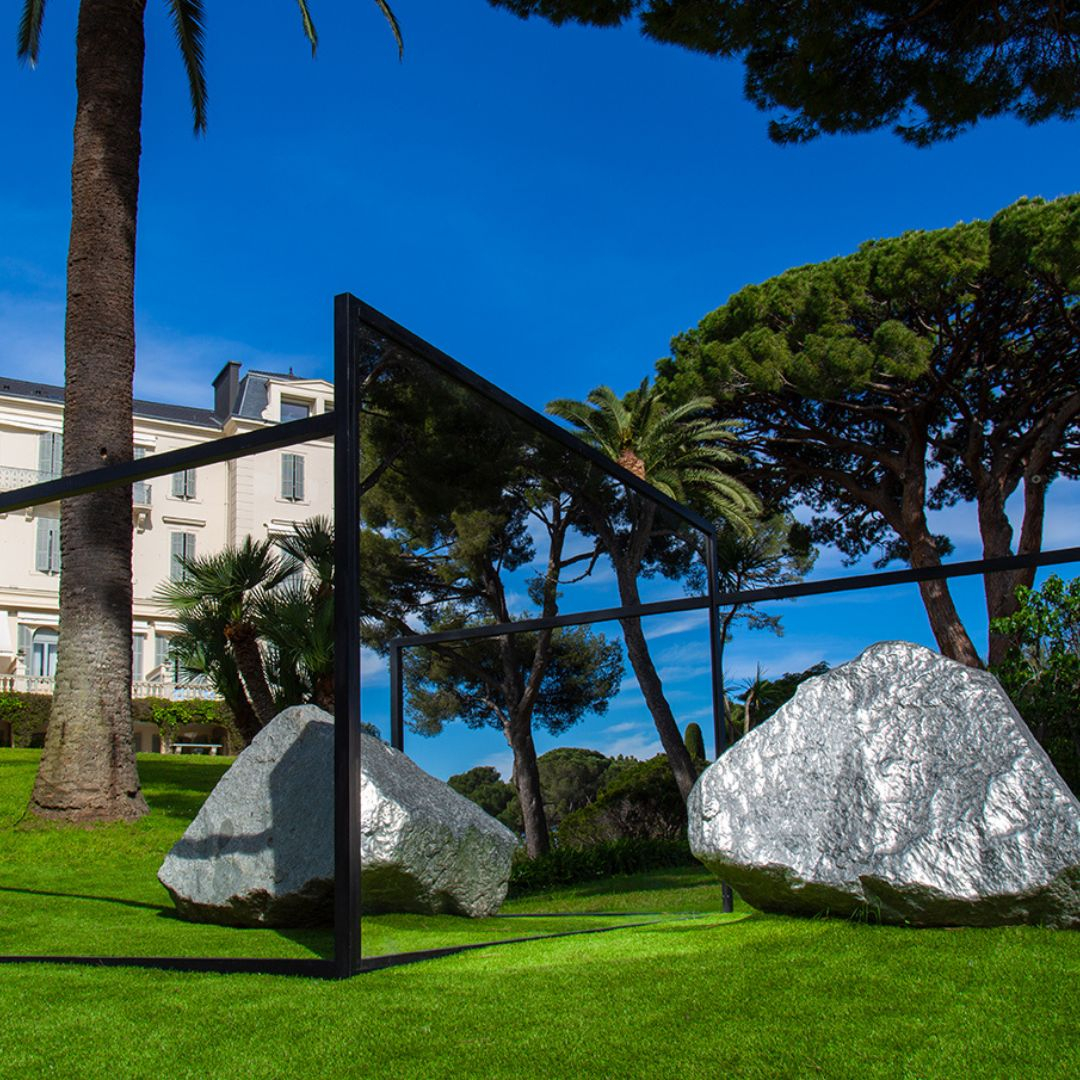


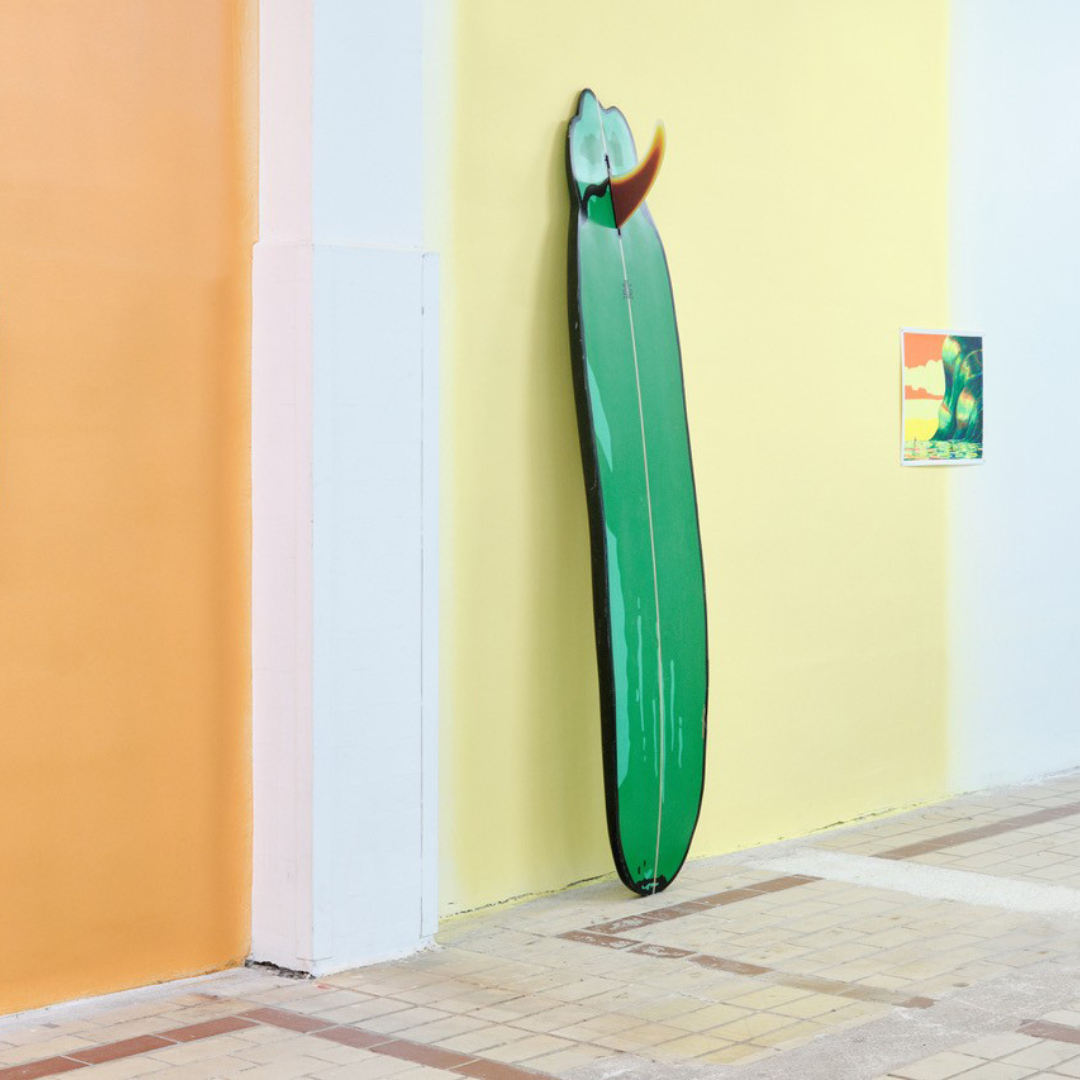


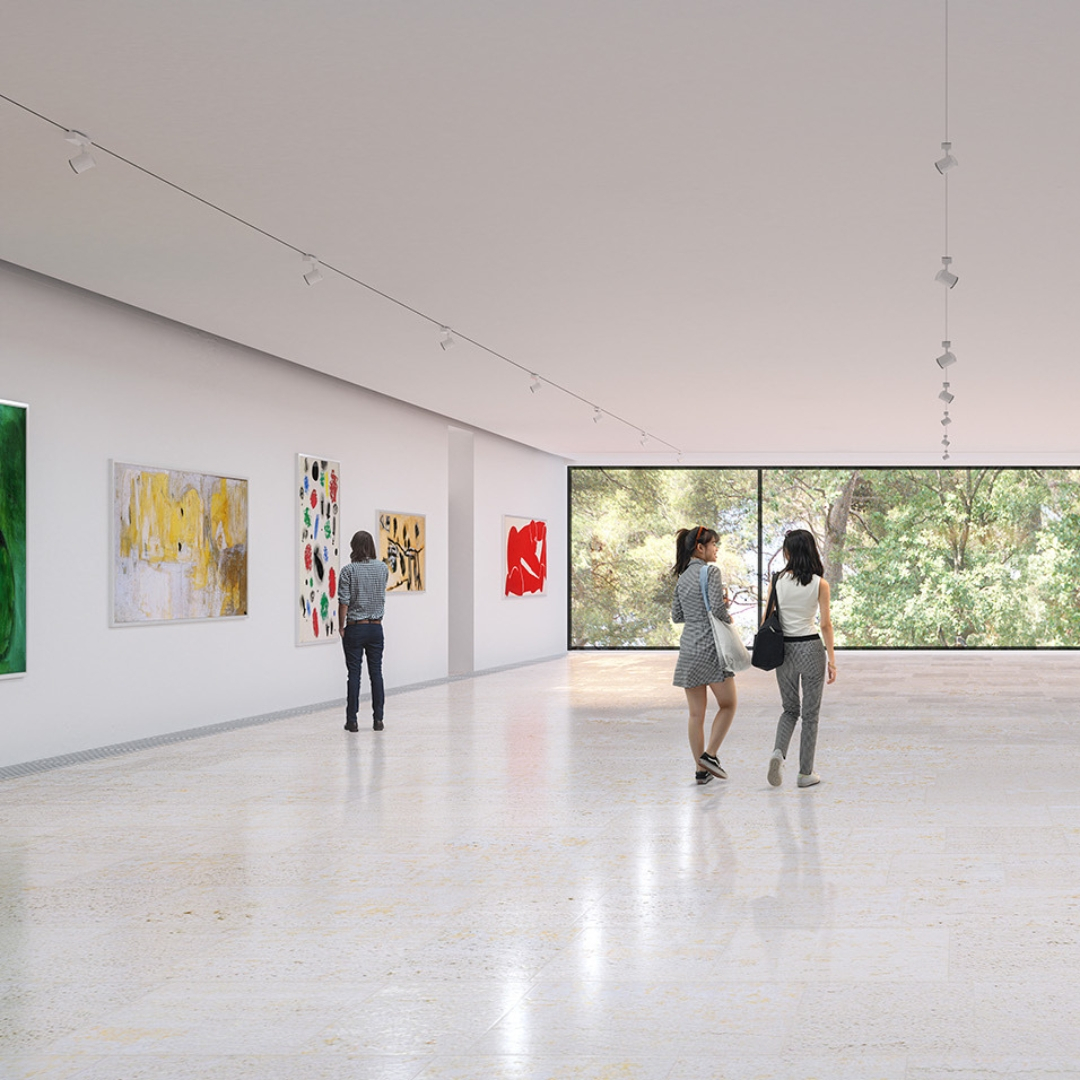
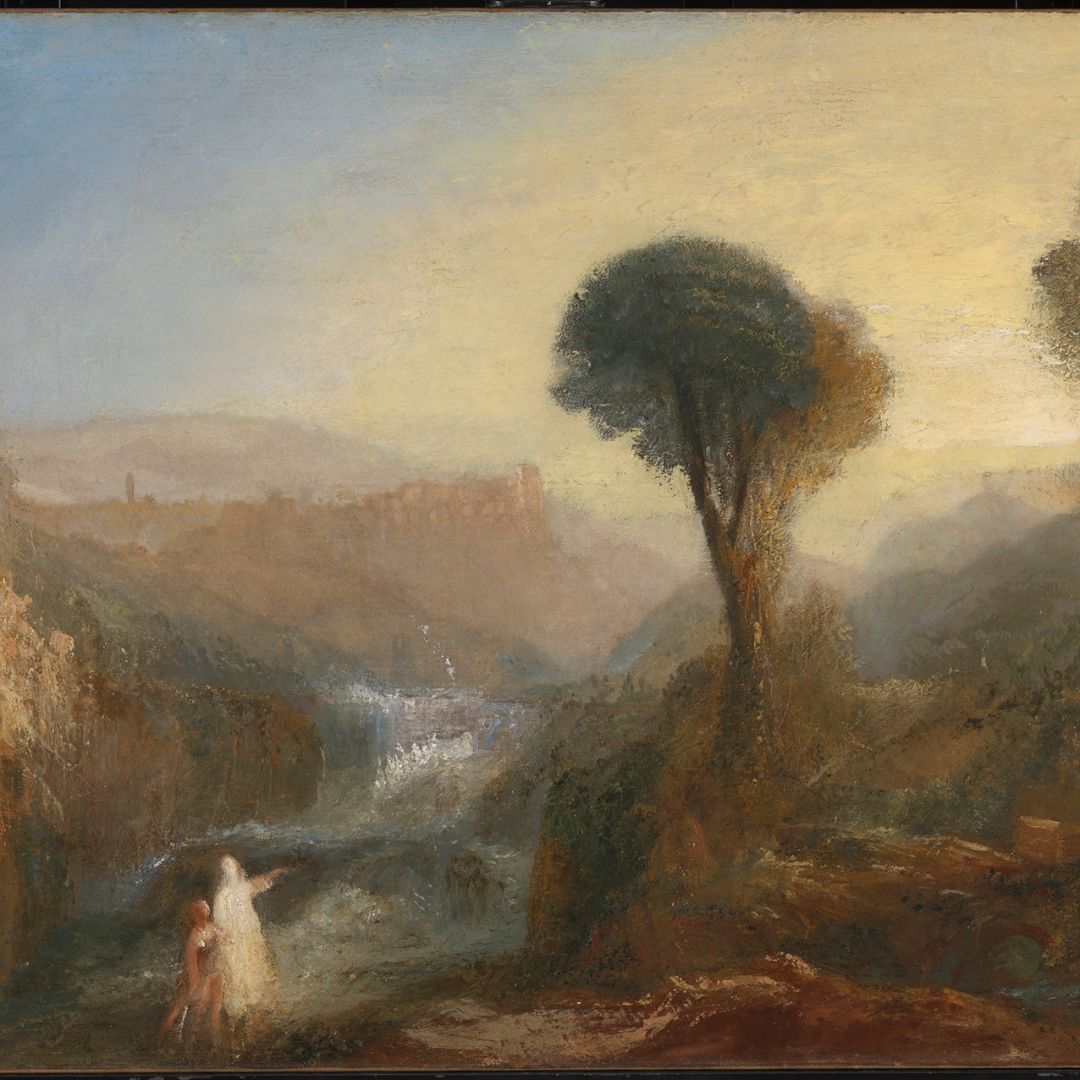
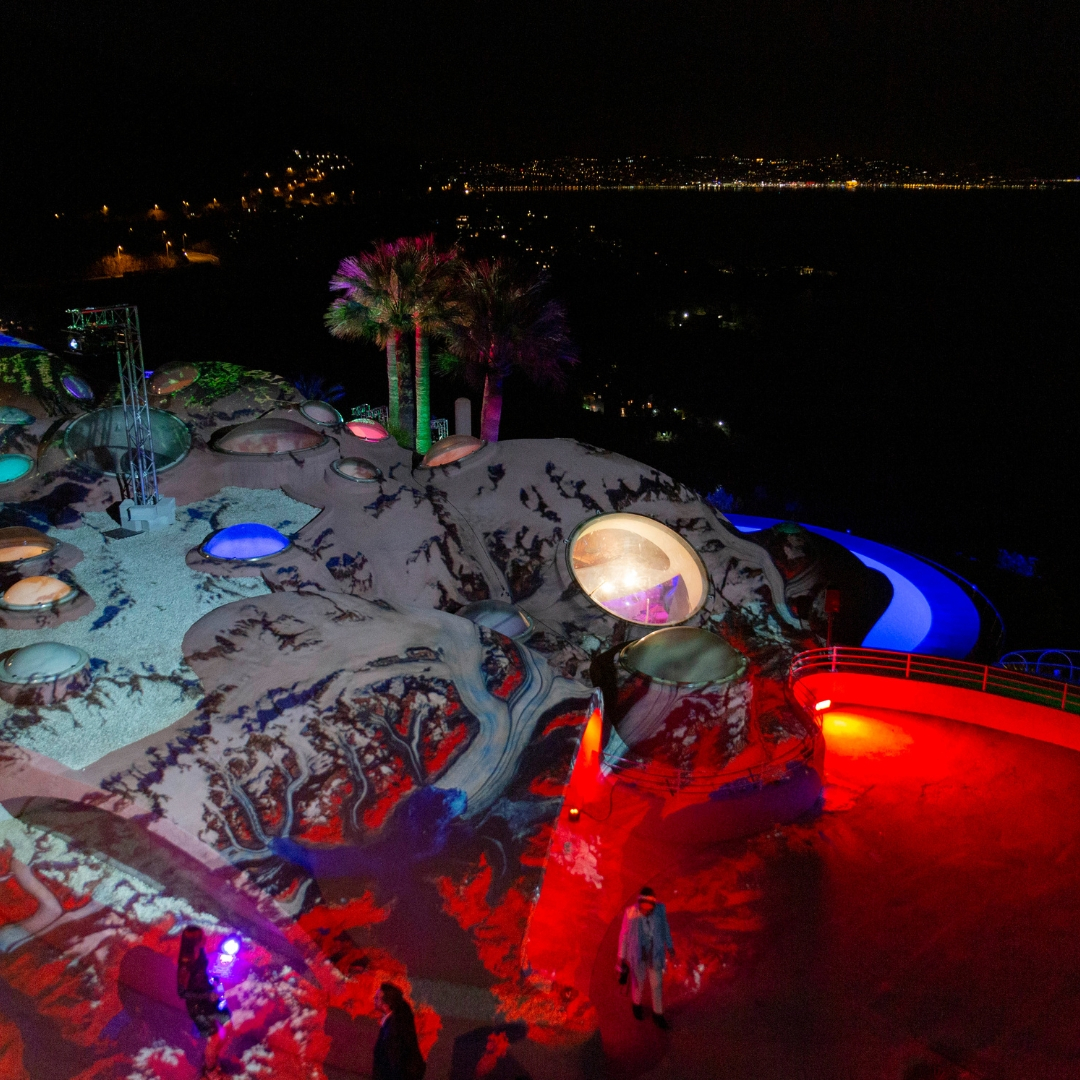


 Côteweb 2021, création de site Internet sur Nice
Côteweb 2021, création de site Internet sur Nice